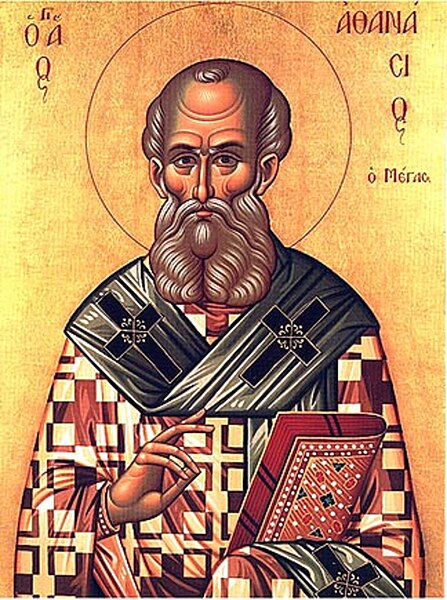Gregory of Nazianzus, also known as Gregory the Theologian or Gregory Nazianzen, was a 4th-century archbishop of Constantinople and theologian. He is widely considered the most accomplished rhetorical stylist of the patristic age. As a classically trained orator and philosopher, he infused Hellenism into the early church, establishing the paradigm of Byzantine theologians and church officials.
Icon of St. Gregory the Theologian, fresco from Kariye Camii in Istanbul, Turkey
A Byzantine-style icon depicting the Three Holy Hierarchs: (left to right:) Basil the Great, John Chrysostom and Gregory the Theologian.
Andrei Rublev, Gregory the Theologian (1408), Dormition Cathedral, Vladimir.
The Church Fathers, Early Church Fathers, Christian Fathers, or Fathers of the Church were ancient and influential Christian theologians and writers who established the intellectual and doctrinal foundations of Christianity. The historical period in which they worked became known as the Patristic Era and spans approximately from the late 1st to mid-8th centuries, flourishing in particular during the 4th and 5th centuries, when Christianity was in the process of establishing itself as the state church of the Roman Empire.
The Church Fathers, an 11th-century Kievan Rus' miniature from Svyatoslav's miscellany
St. Athanasius, depicted with a gospel book, an iconographic symbol used mostly for priests and bishops as preachers of the gospel
The Four Great Latin Church Fathers by Jacob Jordaens
Print of Jerome in his study. Preserved in the Ghent University Library.







